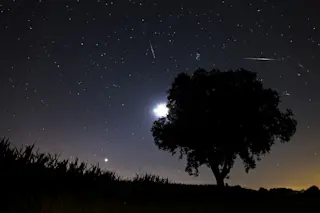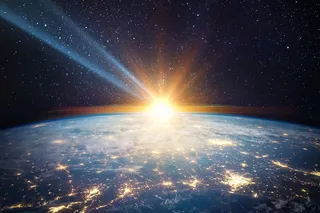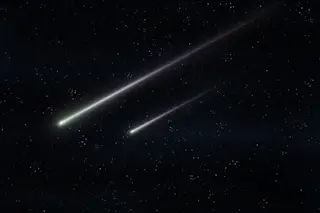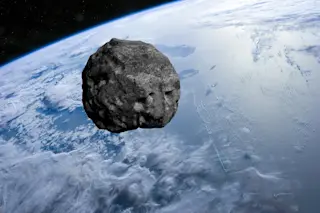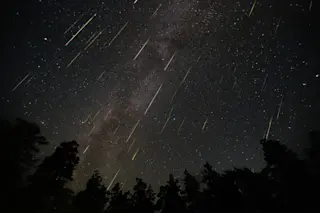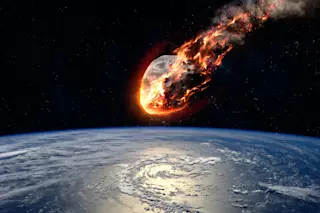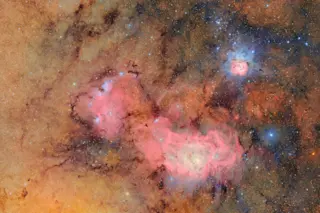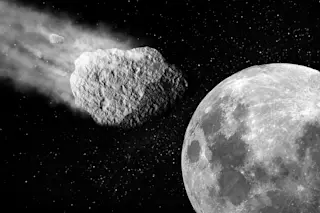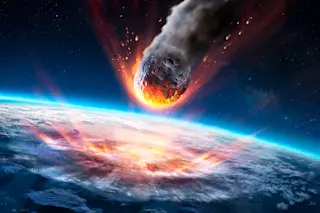The 2012 Perseid meteor shower as seen from the Netherlands. Credit: Dennis van de Water / Shutterstock
One of the year's best annual light shows is this weekend: the Perseid meteor shower, which will be at prime viewing in North America on the nights of August 11-12 and 12-13.
The Perseids make their appearance every year in early- to mid-August when Earth passes through the remnants of Comet Swift-Tuttle. Those pieces of dust and rock stuck in the comet's orbit ram into our atmosphere at 132,000 mph, burning up in the process and providing a dazzling show.
The Perseids have always been popular---what's not to love about watching shooting stars on a warm summer evening? But last month the reputation of these meteors got anotherboost: NASA announced that, after having analyzed meteor showers over the past few years, the Perseids produce the greatest number of really bright meteors, called fireballs
...


